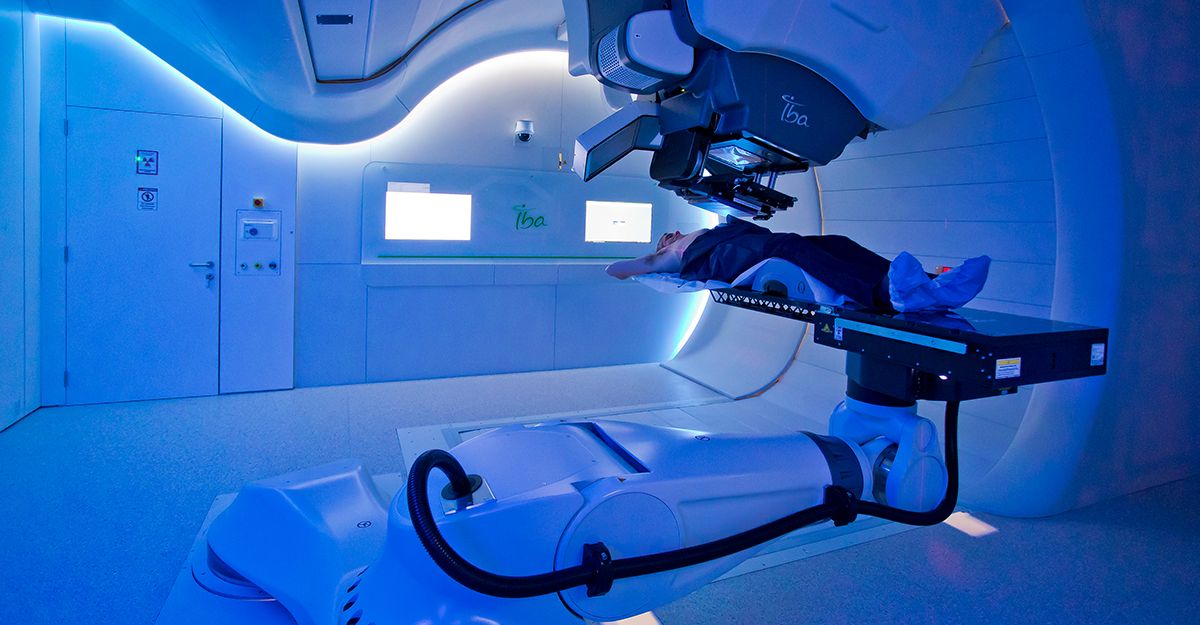It is the most effective at killing most types of cancer before it spreads to lymph nodes or distant sites (metasatized). It can be used alone or combined with other treatments, such as radiation therapy and chemotherapy.
If the cancer has not metasatized, surgery can cure it. However, it is not always possible to be sure before surgery if the cancer has spread or not.
Often during surgery, lymph nodes near the tumor are removed to find out if cancer has spread to them. If so, there is a high risk of recurrence and chemotherapy or radiation therapy may be necessary to prevent it. It is the initial treatment for almost all melanomas. One of the following operations can be used:
- Conservative excision: Any cancer remaining after the biopsy is removed, along with a small amount of skin around the cancer, usually less than 1cm.
- Wide surgical excision: The cancer and some of the skin around the tumor are removed.
It may be necessary to take part of the skin from another area of the body to graft the place where the cancer was removed.
If the cancer has metasatized, surgery is not the main treatment. However, it may be used to shrink the tumor (a procedure called surgical debulking or debulking), so that radiation therapy and chemotherapy work more effectively, or to relieve symptoms such as severe pain or nausea and vomiting due to a intestinal obstruction caused by a tumor. Surgical removal of metastases usually does not achieve a cure because it is difficult to localize all the tumors. The remaining tumors continue to grow. However, in certain types of cancer with a very small number of metastases, particularly to the liver, brain, or lungs, surgical removal of the metastases is beneficial.
Surgery is not the treatment of choice for all types of early cancer, since some tumors are located in inaccessible places. In other cases, removing the cancer may require removal of a necessary organ, or surgery may impair its function. Then radiation therapy with or without chemotherapy is usually preferred.







